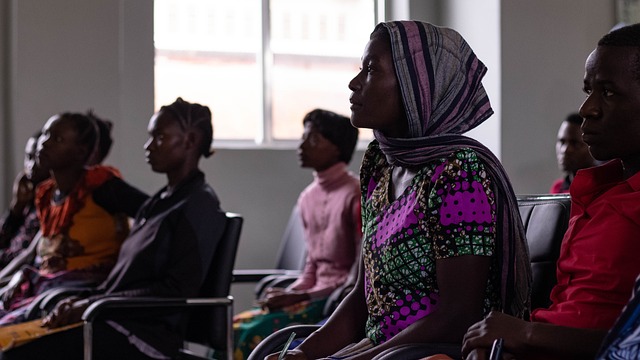Neoclassical Ballet and the Push for Gender Equality in Dance
Neoclassical ballet, with its exquisite blend of traditional grace and modern innovation, has long been a captivating form of artistic expression. Over the years, the world of dance has evolved, embracing a more inclusive approach to gender roles and celebrating the diverse talents of performers. This article delves into the remarkable journey of neoclassical ballet and the significant strides made towards achieving gender equality within the realm of dance.
Breaking the Mold: Neoclassical Ballet's Evolution
Neoclassical ballet emerged as a response to the rigid constraints of classical ballet, seeking to infuse contemporary elements while preserving the essence of the art form. Pioneered by choreographers like George Balanchine, this genre liberated dancers from the heavy narrative focus of traditional ballet, allowing for more abstract interpretations. This shift facilitated a departure from prescribed gender roles, enabling male and female dancers to explore a wider range of movements and emotions.
A Testament to Diversity: Gender Equality in Dance
The world of dance has undergone a metamorphosis, challenging conventions and advocating for gender equality. Historically, ballet was characterized by a stark division between male and female roles, with men often assuming powerful, dynamic roles, while women were confined to delicate, ethereal portrayals. However, contemporary neoclassical ballet has dismantled these limitations, emphasizing versatility and artistic expression over prescribed gender norms.
Choreographers have played a pivotal role in advancing the cause of gender equality in dance. Their choreographic choices have shifted towards compositions that celebrate the strength, agility, and emotional depth of both male and female dancers. This departure from traditional stereotypes has led to breathtaking performances that challenge the conventional notions of what dancers can achieve.
Championing Change: Inspiring Performers
Renowned dancers have become vocal advocates for gender equality within the dance world. Leading figures like Misty Copeland have shattered glass ceilings, becoming the first African American female principal dancer with the American Ballet Theatre. Their success stories reverberate through the dance community, inspiring young artists to believe that their dreams are attainable regardless of their gender.
Education and Awareness: Shaping the Future
Efforts to promote gender equality in dance extend to education and awareness campaigns. Dance schools and institutions are actively working to create an environment where all aspiring dancers feel empowered to pursue their passion. By offering training that emphasizes skill over gender, these institutions are nurturing a new generation of artists who will continue to redefine the boundaries of dance.
Collaborations between choreographers, dancers, and artistic directors have led to groundbreaking productions that challenge preconceived notions of gender roles in dance. These partnerships demonstrate the potential of unity in driving change and creating performances that highlight the unique strengths of every individual, regardless of gender.
Celebrating Progress: A Harmonious Future
Neoclassical ballet stands as a testament to the power of artistic expression in transcending societal norms. As the dance community continues to push for gender equality, the stage becomes a canvas on which artists paint stories of strength, resilience, and unity. The harmonious marriage of neoclassical ballet and the pursuit of gender equality ensures that the art form remains as indelible as it is inclusive.






